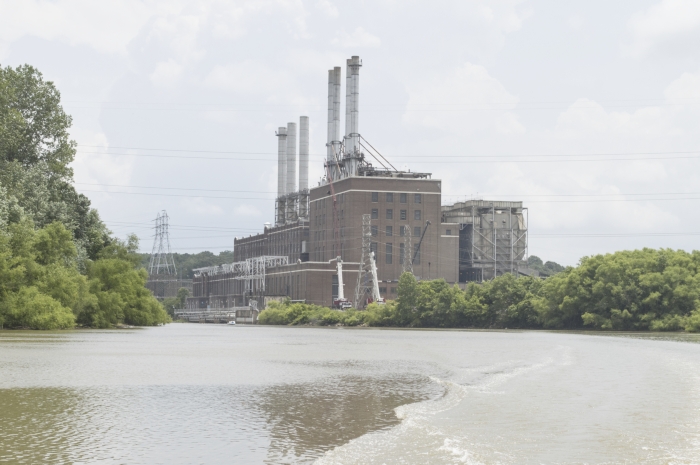Duke: Rely on facts, good science on coal ash
Published 12:00 am Sunday, March 20, 2016

- Duke Energy's Buck Station in Rowan County. Josh Bergeron / Salisbury Post -
By Harry Sideris
Duke Energy
An important phase in the state’s process for safely closing ash basins occurs this month as science and engineering begin to meet public input in this community and others across North Carolina.
As state regulators consider risk classifications for each basin, those decisions carry enormous weight. Classifications determine how ash basins can be closed, under what schedule, what impact that has on communities and how much the work ultimately costs.
There are two general approaches for closing a basin — excavating and relocating the material or installing a durable synthetic cap on top that minimizes rainfall reaching ash and protects groundwater below.
Both capping and excavation closure approaches provide similar benefits to groundwater, and a spectrum of options is available to enhance its protection if needed. Excavation is not necessary to protect groundwater, though it may be selected for other technical reasons.
The good news near the Buck plant is there continues to be no indication that these ash basins have influenced neighbors’ well water. Independent experts have verified groundwater near ash basins is flowing away from neighbors’ private wells. All closure plans will continue to protect groundwater for neighbors and will meet state and federal requirements.
The scope and scale of this is tough to imagine. In North Carolina, we have 110 million tons of this material in ash basins alone, a product of serving customers with affordable, reliable energy for decades.
This drives us to look at solutions from both a statewide perspective and from the perspective of the individual community. In many respects, closing basins on plant property with a protective cap better protects the local and broader environment.
It eliminates the need for new disposal locations, lowers transportation emissions, reduces community impacts and minimizes safety concerns.
If science dictates that ash must be excavated, then we evaluate building on-site, lined landfills like we’re pursuing at some North Carolina sites. However, not all plant sites can accommodate a new or expanded landfill. In that case, we try to use rail instead of trucks to enhance safety and efficiency while reducing emissions and neighbor impacts. But the ash still has to go somewhere.
Another important factor is completion time. Removing the water from a basin and capping it can occur in months and years, while excavation would require decades for some. Even working aggressively, excavation would take about 20 years at some of our larger sites.
Closing ash basins is a hot button issue in our state, and we must rely on facts and good science to craft effective solutions that benefit everyone. That’s done through licensed engineers and scientists, extensive field work, hundreds of monitoring wells and thousands of pages of data submitted to the state.
Duke Energy continues to make strong progress in relocating coal ash from basins designated by law for excavation. And we come to work each day resolute in our commitment to close all ash basins in ways that put safety first, protect the environment, minimize impacts to communities and manage costs.
Harry Sideris is the senior vice president of environmental, health and safety at Duke Energy.

